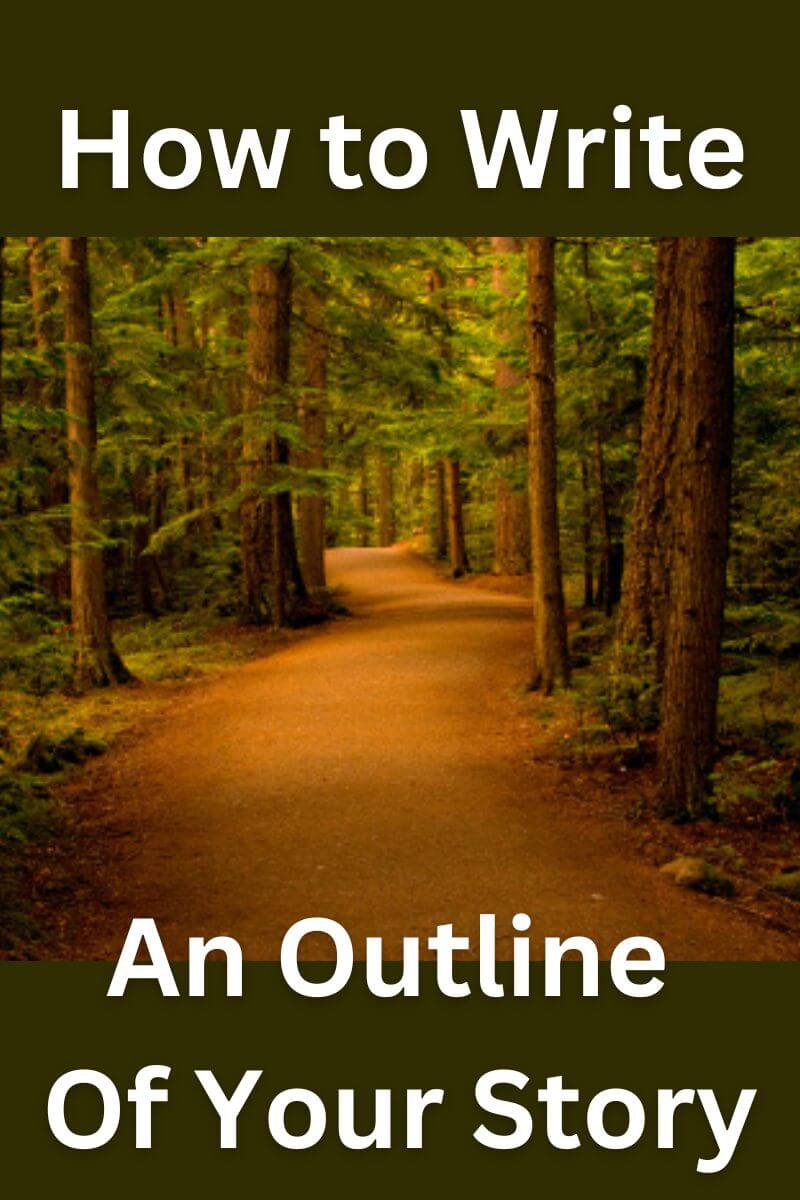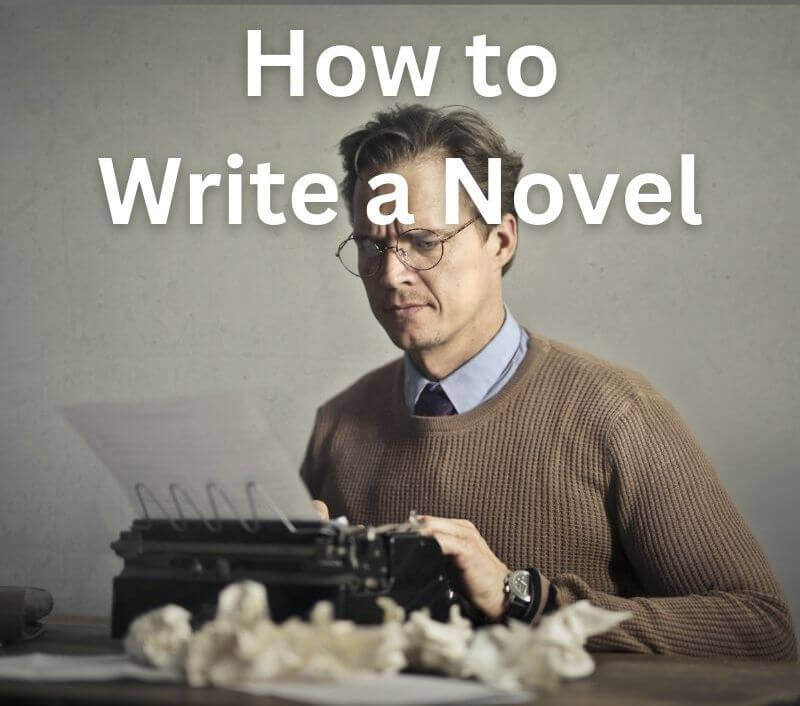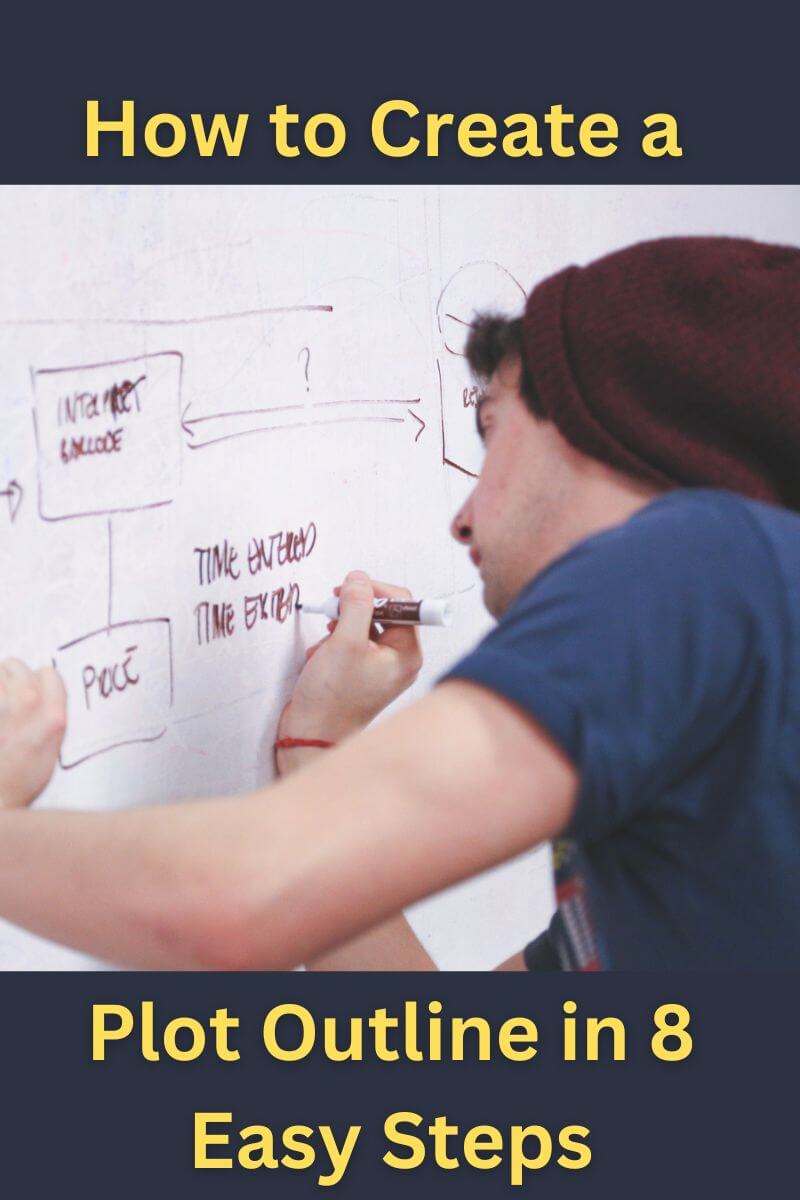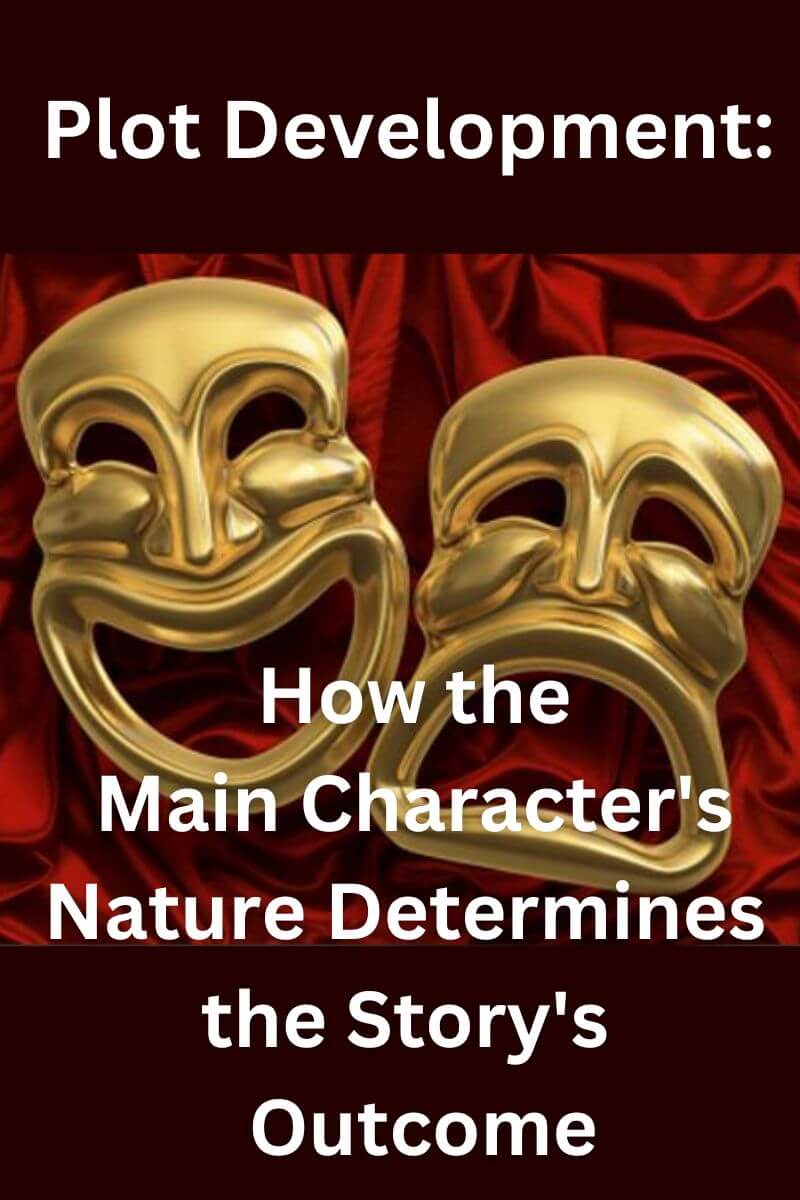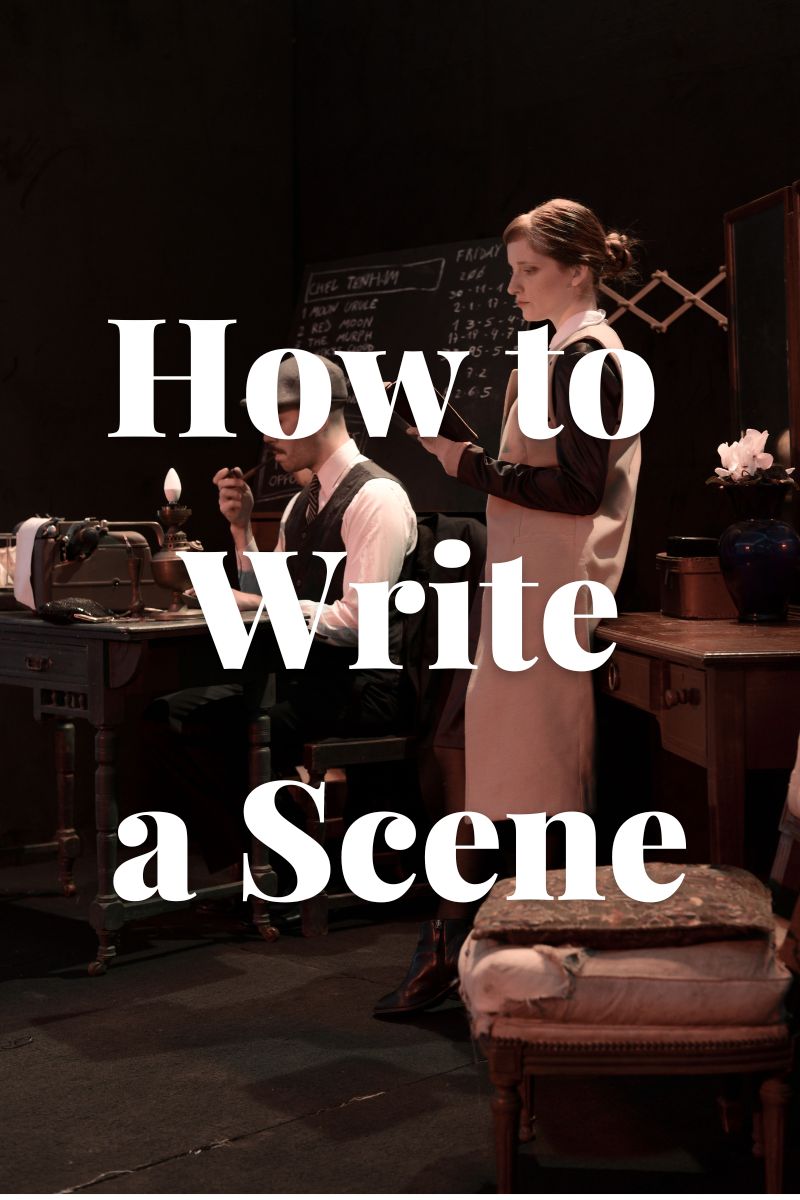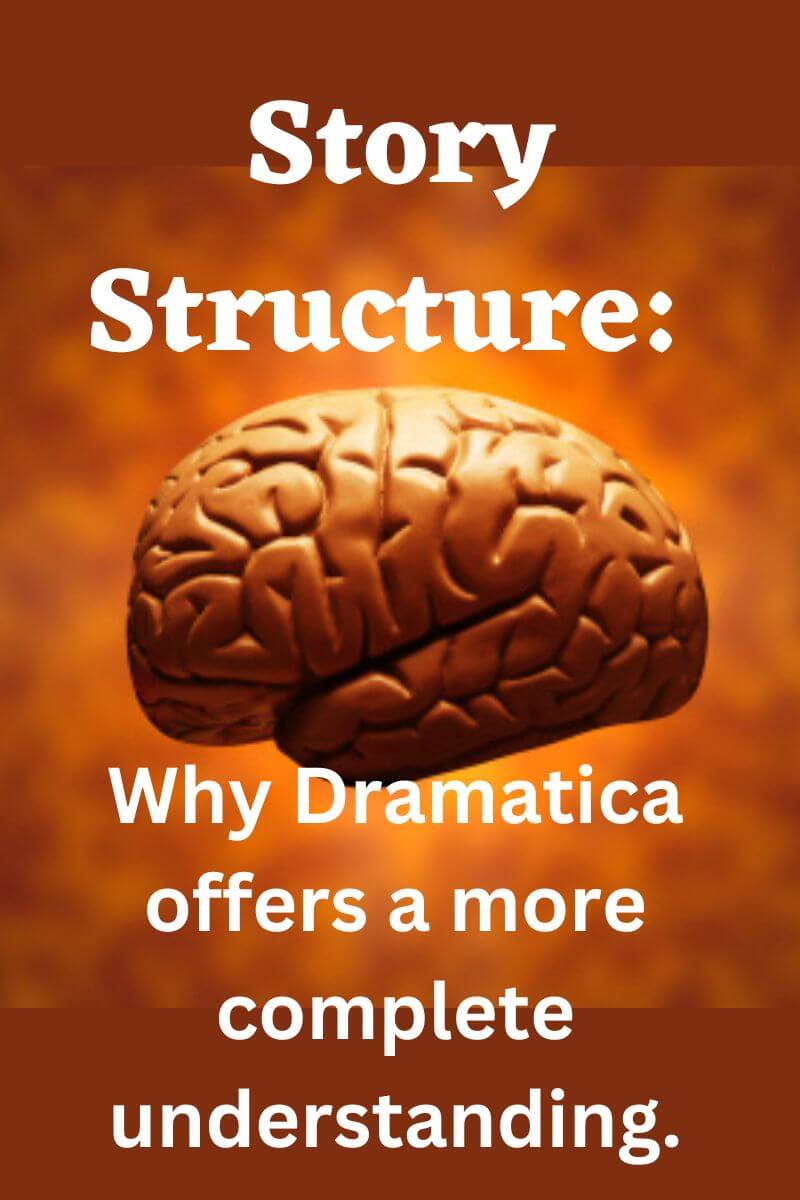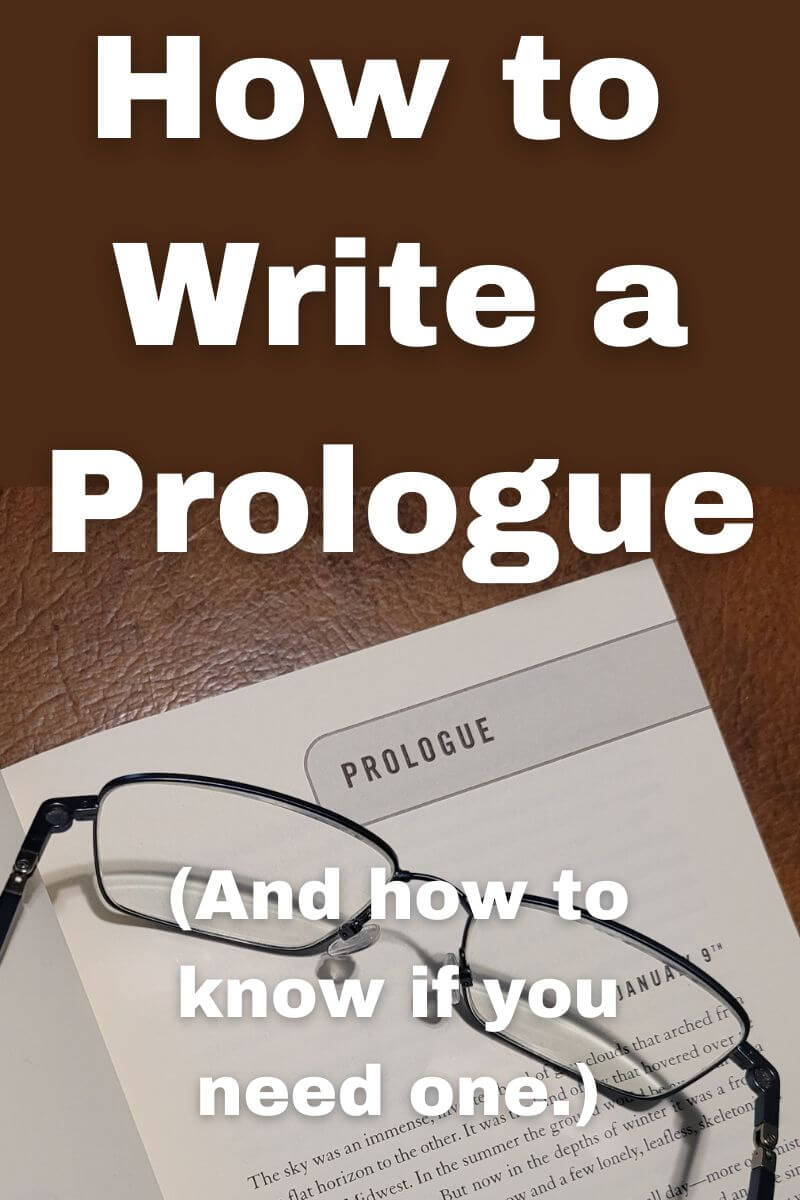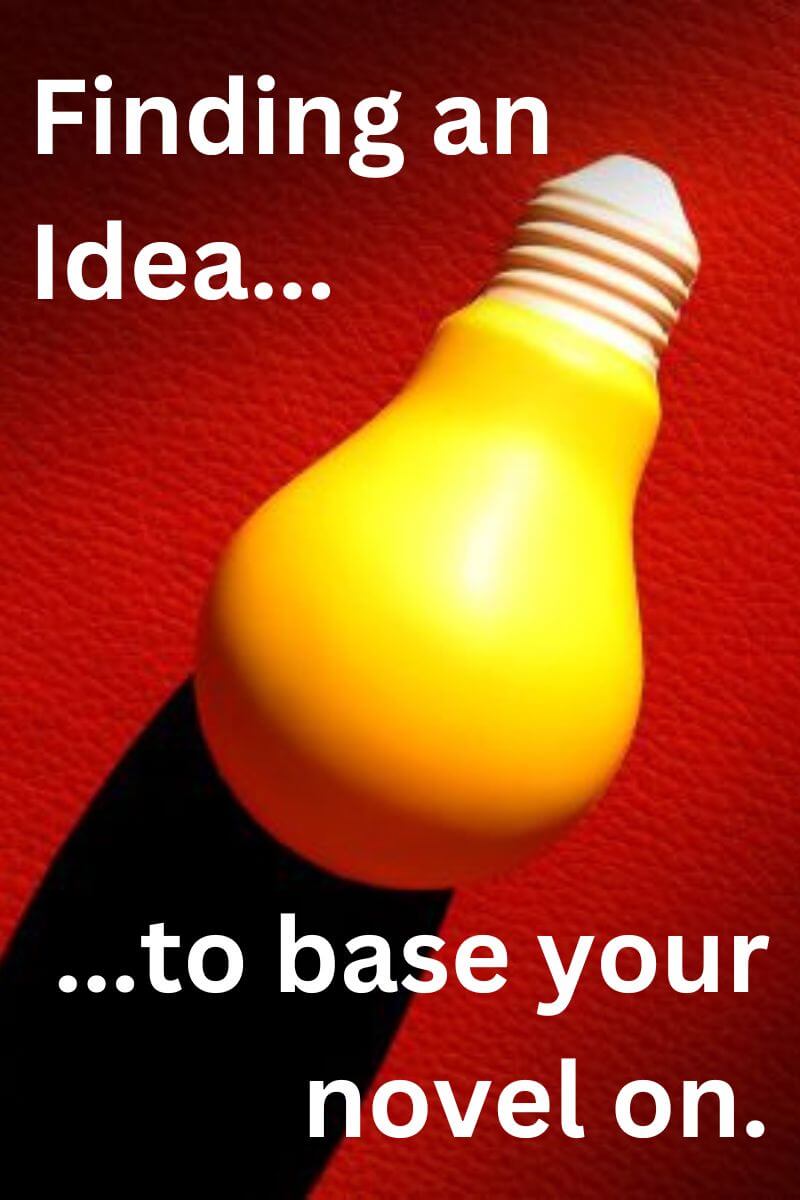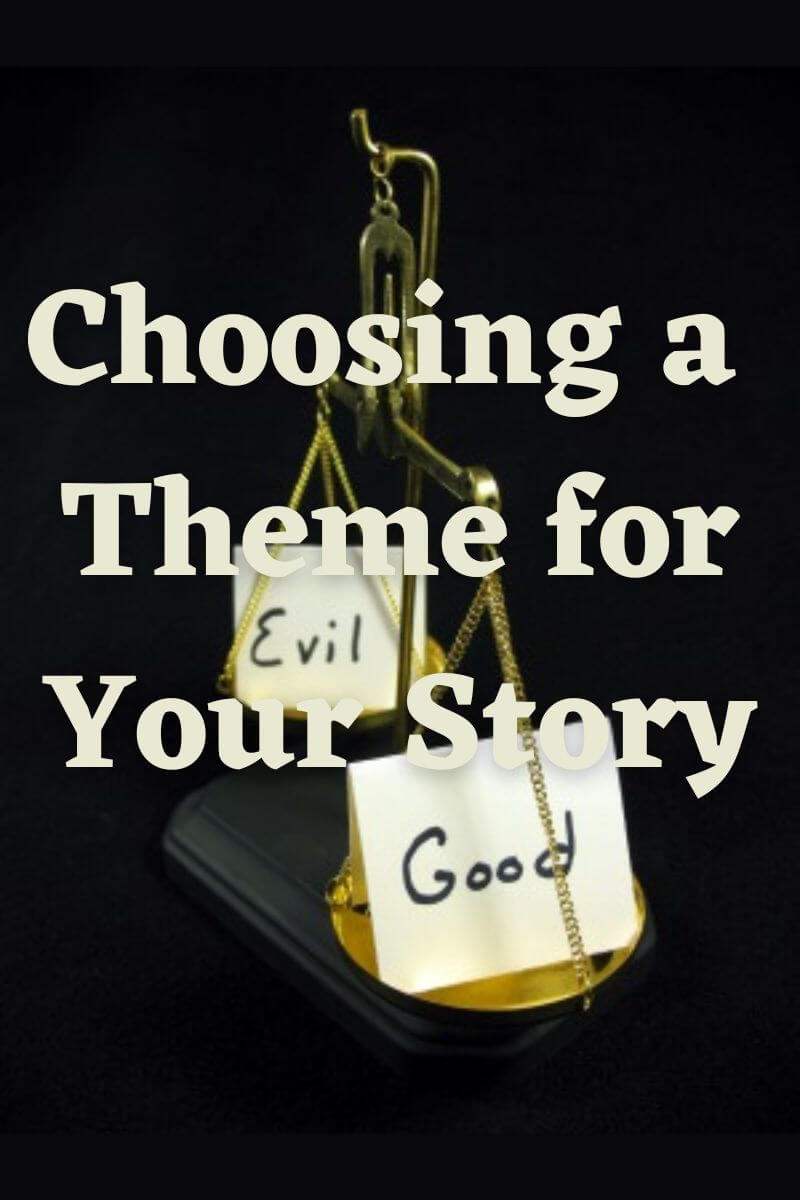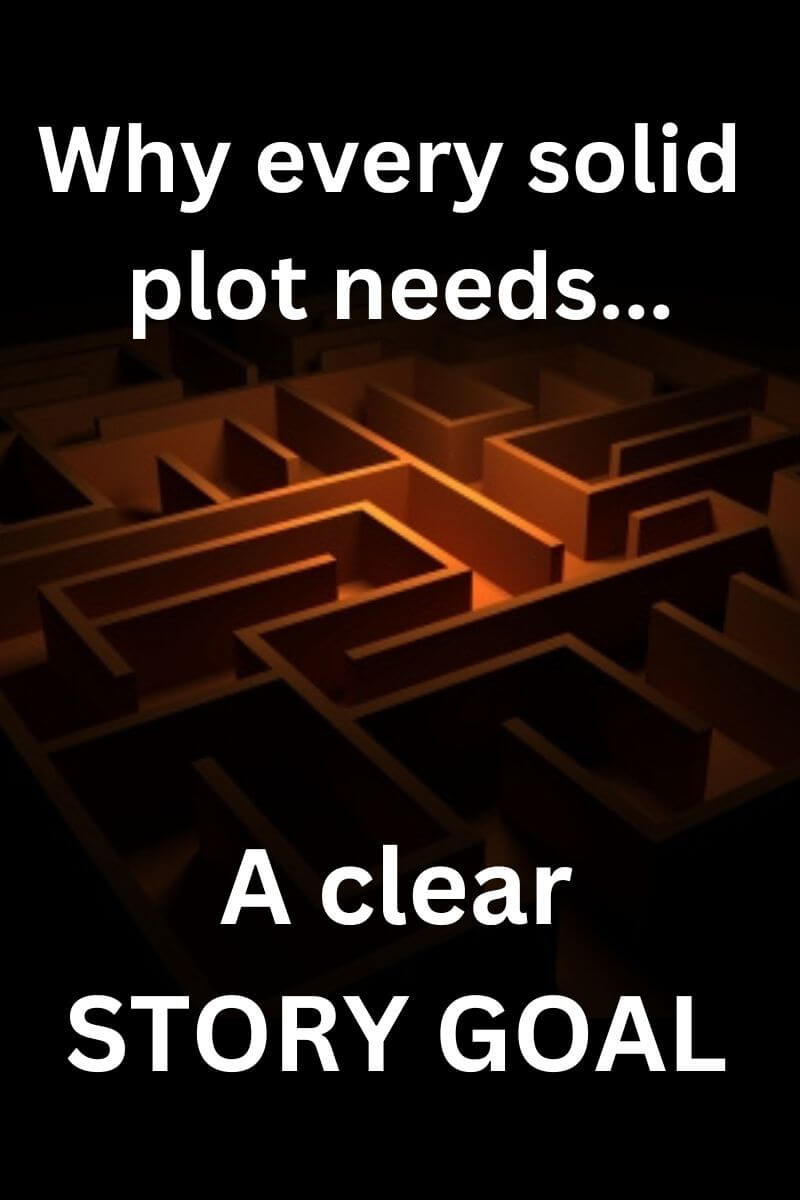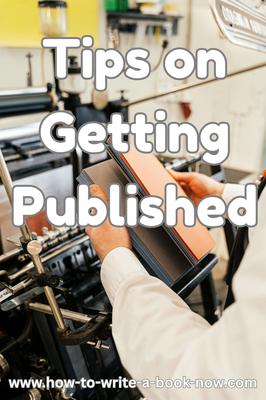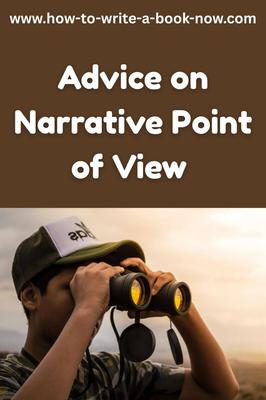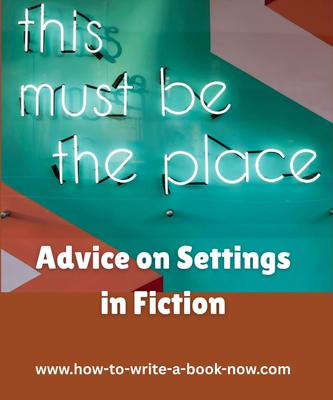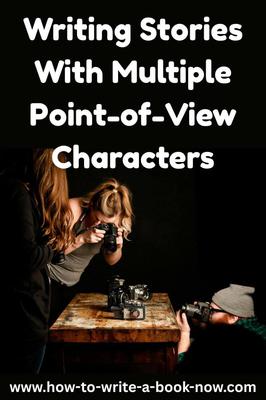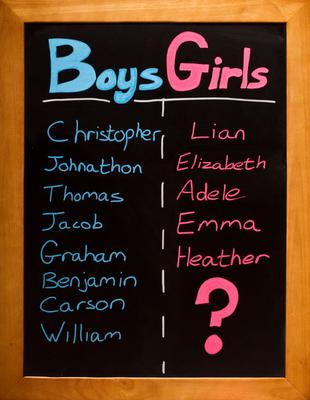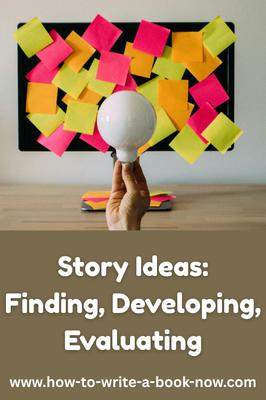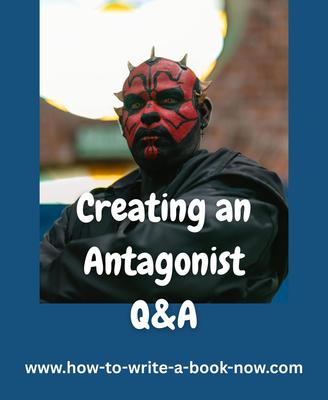Writing an Outline of Your Novel*
By Glen C. Strathy
The final stage of preparation - writing an outline for your novel - builds on everything you have done so far. So if you haven't done any work on the following topics, you may want to do so before we go further:
Choosing an Idea.
Choosing a Story Goal.
Creating a Plot Outline in 8 Easy Steps.
Plot Development
Creating Fictional Characters.
Your Main Character and His/Her Essential Counterpart
Choosing a Setting
Choosing a Theme
Naturally, you don't have to develop these topics in
order. They are just a guide. But if you do, you will know a lot about
your story, and will be well prepared to begin writing an outline –
which will make the process of writing the first draft of your novel
much easier.
Note that writing an outline may take some time. Don't try to do it in one afternoon. You may need to ponder, brainstorm, go for walks, play with ideas, etc. for many days until you discover the right plot events and the right sequence to put them in. And even after that, better ideas may still occur to you in the course of writing and revising your novel.
Also, don't take the following procedure for writing an outline as carved in stone. It is designed to help you with writing an outline that is dramatically sound, but not to dictate or constrain your creativity. Let your passion for your story be your ultimate guide.
Ready? Let's begin...
Writing an Outline Stage One:
The Overall Throughline (Main Plot)
Classical story theory, set down by Aristotle, goes as far as saying a good story will have 3 main events:
An inciting incident
A climax, crisis, or turning point
A resolution
For this reason, most writers have traditionally followed a 3-act structure for their stories, with some exceptions. (Shakespeare preferred five acts; most modern playwrights prefer two.)
After a number of years exploring various story models, I have come to believe that the best model is actually a 4-act structure, based largely on Dramatica, with some insights from the W-plot.
In this model, the major turning points in a story are called "drivers," and there are five of them: Each of these is an "event," defined by Armando Saldana-Mora, author of Dramatica for Screenwriters, as an irreversible change in the characters' circumstances that is meaningful to them and gives them new and more important purposes.
1st or Initial Driver: also known as the inciting incident. This is the event, without which, the rest of the story wouldn't happen. Sometimes it is told in flashback or in a prologue if it happens long before the main character enters the story.
2nd Driver: this is the event that typically gets the main character involved in the story. Think of it as the moment the main character sets foot on the journey.
3rd Driver. Often this is a "point of no return" for the main character. From here on, turning around would be impossible.
4th Driver (Crisis). In a story with a happy ending, this is the moment when disaster seems eminent. In a tragedy, it is the moment when the protagonist is on top of the world, right before things change for the worst.
5th and Final Driver: the moment when the outcome (happy or tragic) is decisively determined.
Once you have a sense of what the five drivers will be, you can start to map out the events that will happen in between the drivers. These events will make up the act.
So each act will be a series of events (or scenes) that show the characters reacting to the previous driver and set the stage for the next driver. The four acts follow the basic pattern of a dramatic arc, which is...
setup --> complication --> crisis --> resolution
Dramatica calls each of these four parts "signposts," which is a little misleading since they are usually a sequence of events rather than a single event.
So the overall or external plot of a story looks like this...
1st or Initial Driver
Act 1: Overall signpost #1: Setup
Here the story problem is established (the threat or opportunity that presents itself). The main character will be introduced here, along with the setting.
2nd Driver
Act 2: Overall signpost #2: Complication
In act two, obstacles and complications arise as the main character pursues the story goal.
3rd Driver
Act 3: Overall signpost #3: Move to Crisis
In act 3, everything builds towards a crisis. The characters may start to run out of time or options to solve the problem.
4th or Crisis Driver
Act 4: Overall signpost #4: Move to Resolution
In a story with a happy ending, this is the point where the main character takes control of the situation and starts working towards a victory. In a tragedy, all the main character's achievements will unravel in this act as it moves towards the final catastrophe.
5th or Final driver
If you have previously created a brief outline of your story using the 8 Plot Elements, you should review that outline and imagine how you can incorporate these elements into the above structure. For instance, some writers like to include each of the 8 elements once per act. Each act might have a forewarning, a requirement, a cost, a dividend, etc. Or you might just include each element once, it's up to you.
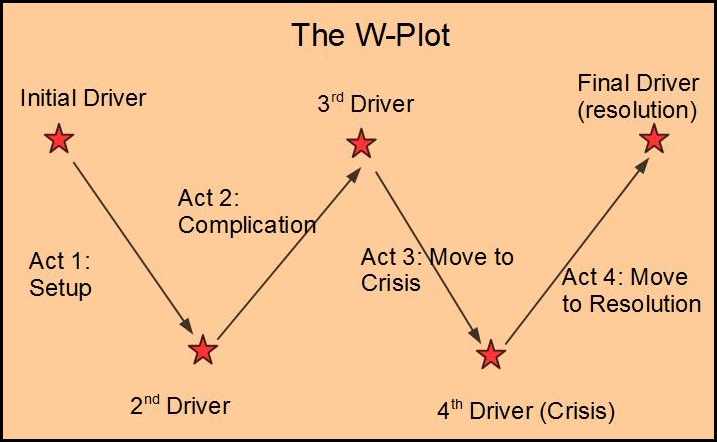
Writing an Outline Stage Two:
Your Main Character Throughline (Arc)
As you know by now, in the course of the story, your main character will face a dilemma of whether or not to change the way he handles whatever problems life throws at him. (See the articles on Plot Development and Main Characters.) In fact, his choice determines the success or failure of the effort achieve the Story Goal. As with the overall story, the main character's arc will consist of four parts or signposts...
Main Character Signpost #1: Initial Approach
This signpost demonstrates who the main character is when the story begins. In particular, it shows his/her habitual way of dealing with problems. It may or may not be a successful way, but it is his way. As with the other signposts, this event should be a meaningful, irreversible change that sets up the main character's inner conflict. It challenges his old way of doing things and puts him on the path towards change.
Main Character Signpost #2: Growth
The second signpost show the main character increasingly pressured to change, to adapt a new approach.
Main Character Signpost #3:
The main character's personal crisis arises at the third signpost. He will be put in a position where he must either change or not change. There is no turning back or delaying the moment any longer. This is his personal turning point
Main Character Signpost #4:
The final signpost shows whether the main character's decision was good or bad. It reveals fate at the end of the story, one that either rewards or punishes his choice.
Of course, if you've read the article on, Main Characters you'll know that the second most important character is the Impact Character. In fact, the impact character is so important that the next step in writing an outline is to create a separate throughline to show his/her influence...
Writing an Outline Stage Three:
The Impact Character Throughline
The impact character's story is important because of the influence it has on the other characters, especially the main character. The impact character shows the main character an alternative way to deal with problems. It may or may not be the best way, but it gives the main character a reason to doubt himself. The impact character's story will also be marked by four signposts ...
Impact Character Signpost #1:
This is an event that introduces the impact character and gives the main character and the reader a glimpse of a different approach to dealing with problems. Again, the impact character's approach may or may not appear successful at first.
Impact Character Signpost #2:
The
second signpost of the impact character's story shows his deepening influence on the main character.
Impact Character Signpost #3:
The impact character's personal crisis has the biggest impact on the main character. In a story where the main character changes, the impact character will usually stay the same. If the main character stays the same, the impact character will usually be forced to change his ways. Either way, you need an event that shows what the impact character does when the pressure is at its height.
Impact Character Signpost #4:
The last signpost in this throughline will show the impact character's fate at the end of the story. What happens here may confirm or deny the validity of the main character's choice.
Writing an Outline Stage Four:
The Relationship Throughline
The fourth throughline to be addressed when writing an outline concerns the relationship between the main and the impact characters. Whether the impact character is the main character's friend or foe, romantic interest or rival, mentor or pupil, this relationship also needs its own arc.
Relationship Signpost #1:
The first event in this throughline establishes the relationship between the main and impact characters at the start of the novel. Remember that it too is an irreversible and meaningful change that puts their relationship on a particular path. (In a romance novel, this may be the moment when the two lovers meet for the first time.)
Relationship Signpost #2:
The second event complicates or deepens this relationship, taking it in a new direction (which can be negative or positive). (In a romance, this may be when the relationship first becomes romantic.)
Relationship Signpost #3:
The climax of the relationship occurs here. It is the most difficult test of the relationship, and the outcome will determine where this relationship is going. (In a romance, this may be the “black moment” when the relationship seems to break down and the couple separate. It is the dark before the dawn.)
Relationship Signpost #4:
This final event reveals how the relationship between the main and impact characters stands at the end of the story. (In a romance, it will be when the couple realize their love for each other.)
Writing an Outline Stage Five:
Subplots
Writing an outline composed of the four throughlines – Overall, Main Character, Impact Character, and Relationship – will ensure you have a novel that is rich and satisfying. Of course, you may also have subplots which will to be mapped separately with their own 4-part structure. Also, we should note that some novelists give their main characters more than one impact character – so that the main character's dilemma isn't so much between his approach and someone else's but which of two people he should emulate.
Nonetheless, if you reach this point you will have have a minimum of 16 key signposts for your novel. As you may guess, the four “Signpost #1s” will make up your first act. The Signpost #2s will go into Act 2, etc. That gives you four Acts, and four key events for each one.
Your next step in writing an
outline will be to decide what order to put the signposts within each
act. This is entirely up to you. The important thing is that all the setups are in act 1, all the complications in act 2, etc. Each act therefore covers a different type of material. This principle, combined with the drivers, is what makes each act distinct.
If your outline feels detailed enough at this point, you can stop here and start the actual novel writing. As you write, you will of course need to create additional events to take the reader from one signpost to the next. But the advantage is that will always know what signpost you are building towards. That's a big improvement over Aristotle's three events, which leave a lot of empty space to be filled in.
However, if you are interested in writing an outline that is even more complete, you can go to the next level and flesh out the signposts a little more.
Writing an Outline Stage 6:
Turn Signposts into Sequences
In essence, a novel can be described as one big event – a major change in the lives of the characters. In the telling, however, we break it down into a sequence of acts, each of which is composed of signposts.
Similarly, each signpost is an event that may be subdivided into three or four smaller events, becoming thus a sequence itself. Each signpost can have its own ...
Scene 1: Inciting event
Scene 2: Complication
Scene 3: Conflict
Scene 4: Resolution
Turning your 16 signposts into sequences will give you as many as 64 events or scenes for your novel - a well-planned roadmap indeed. What's more, these scenes will not be randomly chosen. Each scene will be a crucial part of a signpost, which in turn is crucial event in your story. Writing an outline this detailed helps ensure the first draft of your novel will be very tight, with few extraneous scenes and no missing steps. This saves you a lot of editing when preparing your final draft.
Of course, you may also want/need to include subplots or a few transition scenes. But generally, every chapter of your novel will lead compellingly to the next, with no sagging middle or unnecessary detours.
Now for the final step...
Writing an Outline Stage Seven: Putting your scenes in order.
Now that you have 50-60 events for your story (the exact number doesn't matter), your next step is to arrange them in order.
You already know which signposts go into which acts. If you have broken each signpost into four events, each act will contain roughly 16 events.
The easiest way to decide on an order for each act is to write a summary of each event on an index card and lay out the cards for each throughline in order from start to finish in four parallel rows or columns. You may want to use a different colour of index card for each throughline.
Taking each act in turn, you then decide the order your events will occur in your story.
You can put the events in the order that feels best to you, jumping from one throughline to another whenever you like. The only requirement is that you tell each throughline's events in their proper order. For instance, you can interrupt one throughline to tell a bit of another, or a bit of all the others, but don't put the climax of a signpost before its inciting incident.
Later on, when you're writing your actual novel, you may decide to tell the end of the story before the start. But it is better to get the sequence of events clear in your outline first.
That's about as much detail as we should go into in one article. Further information and help on Writing an Outline will be added later.
- Home
- Write a Novel
- Writing an Outline
Do you have a question about writing an outline or any other aspect of novel writing? If so, visit our Questions About Novel Writing page to get the answers you need.
